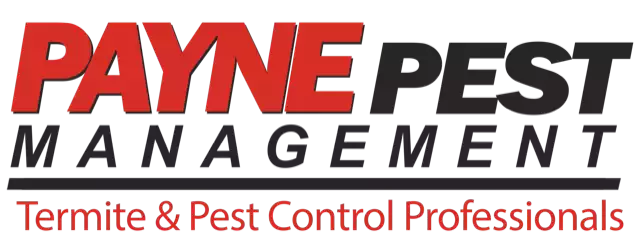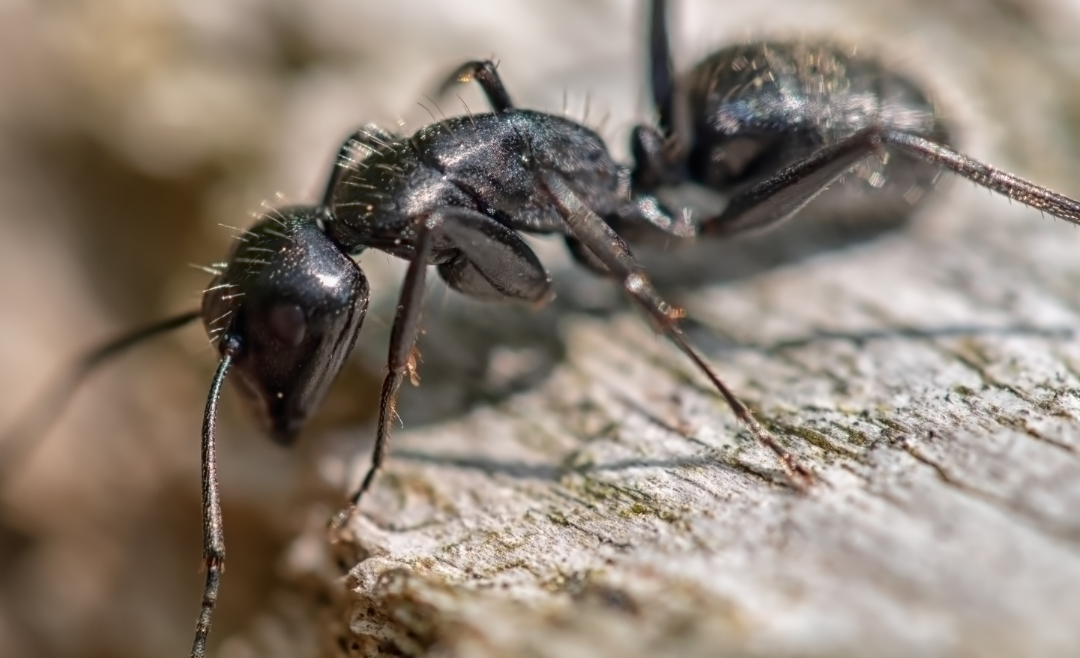The process of managing or controlling an ant infestation has to go through several steps in order for it to be successful. Any pest control program has to start with an inspection to determine the type of pest that is in the building. Once the pest has been identified (termite, ant, mouse, etc.), the pest control specialist will identify the subspecies of the pest, since different subspecies are controlled through different methods. With the initial investigation out of the way, it’s time for treatment, and then monitoring to see if the treatment was effective.
The inspection part of the process is crucial, because the pest control specialist needs to identify the location of the colony, understand the species of the ants responsible for the infestation, find out how the ants enter the building, and determine the course of action for extermination. If the specialist can identify the species right away, searching for the nest location becomes a much easier task. Carpenter ants for example will nest in moist wood, either indoors or outdoors, while soil nesting ants will create a mound of displaced soil in the yard.
In certain situations, finding the exact location of the nest may be too difficult, and the specialist will instead look for ant trails, where he will apply non-repellent pesticide that will be taken back to the colony and shared. Baits also work through a similar mechanism, and they come in liquid, granular, or gel form. Understanding the species of the ants is important here as well, because different species prefer different baits. Some ants go for sweet foods, while others prefer protein.
The treatment can be either preventive or curative, and in some cases, you can go with both, so that you control your current infestation and prevent future ones. Preventive treatments are generally applied through liquid repellents, sometimes mixed with non-repellent pesticides and baits, in order to stop any ants from entering a building again. For curative treatments, the pest control specialist will place baits around various entry points, near nests, and on ant trails. The objective here is to wipe out a colony entirely so that it will not be an issue in the future.
If you currently have an ant infestation, and you’ve tried your hand at various DIY solutions with little effect, it’s time to call in a professional. Contact us today to set up an appointment or if you need any further information about our services.







